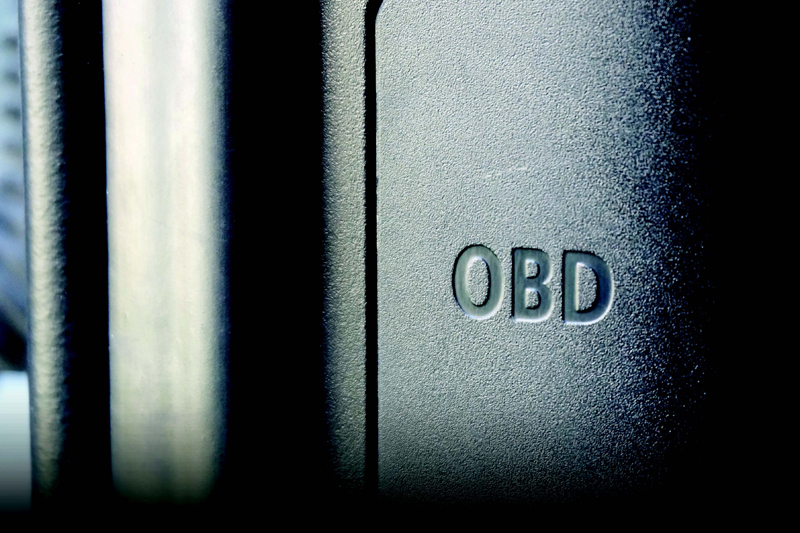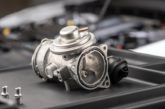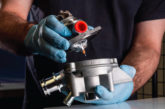
The OBD connector enables communication with the vehicle and its data, but if this was restricted, controlled by your competitor or expensive to use, where would this leave your business? Neil Pattemore investigates.
If you were asked whether you had ever really thought about what your business is based on, what would you say? If I had to guess, your answer probably wouldn’t be the humble OBD connector.
The OBD connector has become ubiquitous – we have all just assumed that it is available as the access point to the vehicle and that our daily business is possible using a variety of ‘plug-in’ devices, principally by using a diagnostic tool to identify what work is needed and then conducting this work by reading data, deleting DTCs, or re-setting the service light.
In the early 1990s, European exhaust emission legislation required that both electronic fuel injection and ‘closed loop’ emission systems used lambda sensors with catalysts. This came from the Californian Air Research Board (CARB), which had implemented the same requirements in the late 1980s in North America. CARB’s original idea was to inform the driver when the exhaust emissions were not being controlled correctly and needed to be fixed, and that roadside authorities could connect a standardised scan tool to read the data. This would allow the driver to be prosecuted if they had continued to drive the vehicle without it being repaired within a specific time scale.
When the European emission legislation came into force, vehicle manufacturers had their own proprietary diagnostic connectors, so as new vehicles entered the market, the standardised OBD connector was used for both emissions and diagnostics – which has continued to this day. However, the emissions legislation is based on both the requirements defined directly in European Regulations and UNECE vehicle type approval regulations. In both cases, the OBD connector is only referenced for emissions related functions.
Why is this a problem?
As vehicle technology has developed, so has the requirement to access increasing amounts of data to diagnose the vehicle, repair it and re-calibrate its systems.
Vehicle manufacturers are only making the results of their diagnostic programmes available via the OBD connector. This means that independent workshops are using the vehicle manufacturer’s results and from these, their repair method. Whilst this may be okay, it may restrict what is possible as alternative repair methods, which may be to clean or repair a component, rather than replace it at a higher cost. From a legislative perspective, having to use the VM’s diagnosis would be considered acceptable on the basis of ‘non-discrimination’ between main dealers and independent workshops, but this also misses the point that multibrand diagnostic tool manufacturers may not be able to access the data needed to offer any alternative repair process.
However, another issue that is increasingly impacting the access to vehicle data via the OBD connector is the ‘connected car’. This provides remote wireless access to the vehicle, its data and the resources that allow the VM to run its diagnostic and service offers directly in the vehicle, and subsequently offer a quotation directly to the driver via the in-vehicle display functions.
This not only bypasses the driver bringing their vehicle to you, but also introduces the spectre of ‘cybersecurity’ to protect the vehicle from a malicious attack when it is being driven. In turn, the protection of the vehicle requires controlled access via any external interface – including the OBD connector. This is already happening, and many more VMs are now introducing invehicle gateways as their new models enter the market (e.g. the new Golf VIII).
The impact of cybersecurity is huge for the aftermarket, as it will introduce a whole range of VM requirements that will control who can access the vehicle, for what services and under what conditions. The current UNECE discussions in Geneva are trying to formulate the Regulation that will type approve the individual VM’s ‘cybersecurity management system’, and this brings not only proprietary access control, but also what may still be possible under European legislation, as this normally references the UNECE requirements. As the UNECE is a worldwide forum, there is a problem with including what is needed for Europe, when firstly, this has not yet been decided in Brussels, and secondly, when countries outside of Europe do not want the same as what Europe may want.
Even though the new vehicle type approval legislation (EU 2018/858), which includes the access to the ‘repair and maintenance information’ (RMI), directly references the OBD connector for all diagnostic and RMI data, without further legislative support concerning cybersecurity to provide direct, independent and remote access to the vehicle, its data and resources, the ability for the independent aftermarket to provide alternative competing service offers is under severe threat. Subsequently, this enables VMs to control the business models of both independent workshops, as well as the developing ‘mobility services’ market. Brexit is unlikely to change this, as European vehicle type approval legislation is likely to remain the basis for the automotive sector – very soon you may not be in control of your own business.









